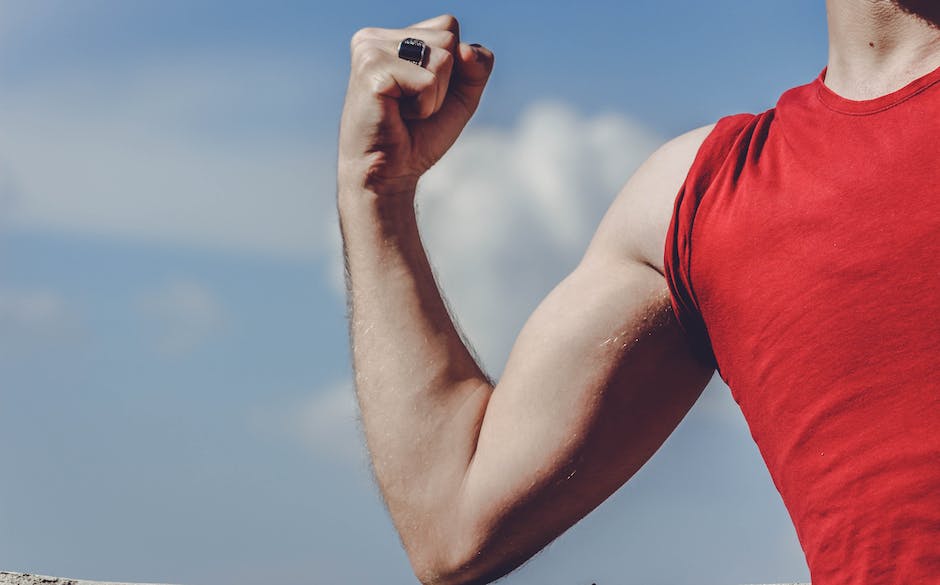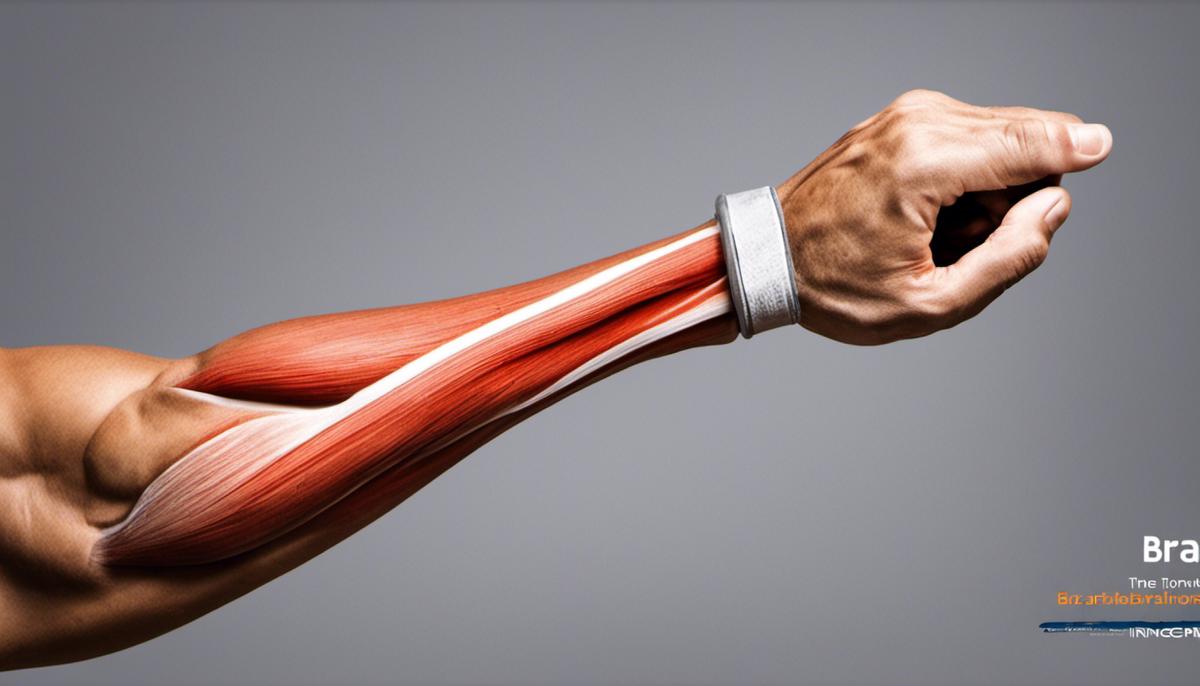A strong and healthy body is vital for overall well-being and function, and building this often requires a focus on some less-familiar muscle groups. Among these is the brachioradialis, a significant muscle seated grandly in the forearm, playing a crucial role in various arm movements, and influencing grip strength. An explicit understanding of the brachioradialis, its significance to our daily movements, and how to fortify it may help bolster everyday functioning. This expounding piece will lead you on an enlightening journey to comprehend and appreciate this critical muscle, demonstrating the worth of specialized brachioradialis exercises and the impact they can make on your physical fitness goals.
Understanding Brachioradialis Muscles
Maximize Your Workout: Understanding the Key Functions of the Brachioradialis Muscles
Being passionate about fitness is never complete without understanding the science and framework of our bodies. One of those fascinating parts that is often overlooked is the brachioradialis muscles, the secret weapon for an efficient and streamlined workout routine!
Located in the forearm, the brachioradialis muscles are paramount when it comes to elbow flexion. They run from the upper arm down to the wrist, making them the superstars of any motions involving curling or pulling. Ready to seize the full potential of brachioradialis muscles? Denote these key functions and incorporate them effectively to fire up your workout regimen!
-
Supination and Pronation:
Need to twist your forearm to pour a cup of coffee? Thank the brachioradialis muscles for that! They’re in charge when it comes to both supinating (turning the forearm so the palm faces up) and pronating (turning it so the palm faces down). This comes into play in numerous everyday activities, and knowing it can boost fitness techniques like wrist curls and reverse bicep curls.
-
Elbow Flexion:
This is the primary function of the brachioradialis muscles. When the forearm is in a mid-position, neither fully supinated nor pronated, these muscles play a major role in bending the elbow. Grasp this principle to ace hammer curls and pull-ups!
-
Stabilization:
Ever wonder how effortless it seems to carry a shopping bag or lift a dumbbell? The brachioradialis muscles’ work as stabilizers keep our forearms and elbows steady during such tasks. They provide an even distribution of strength, meaning less risk of injury and more efficient workout.
-
Shock Absorption:
Taking a fall or suddenly catching a heavyweight, the brachioradialis muscles absorb much of the impact, protecting the bones and joints in the arm. They preserve the structural integrity of the arm when weight is suddenly loaded onto it, making them integral for weightlifting or training where sudden jerks might be involved.
Understanding the brachioradialis muscles and their indispensable role in our daily activities and workouts broaden our horizons. It ignites the excitement and positivity for fitness enthusiasts in comprehending the simple, yet sophisticated framework of our body down to its tiniest detail. Prioritize these functions, and you’ll be surprised at how much more precise and effective your workouts can become!
Get ready to embrace the next challenge, with the mighty brachioradialis muscles paving your way towards peak fitness!

Importance of Brachioradialis Exercises
The Brachioradialis: Crucial in Workout and Recovery
Deep within the forearm lies an often-overlooked muscle—an unsung hero as it were—in maintaining strength and promoting recovery: the brachioradialis. This crucial muscle usually does not enter the spotlight, but its role in enhancing a well-rounded workout routine cannot be overstated. A proper workout incorporating exercises for the brachioradialis isn’t just about achieving a toned physique, but rather a matter of functional fitness and overall wellness.
- Boosting Grip Strength
- Mitigating Muscular Imbalance
- Enhancing Sport Performance
- Expansion of Range and Type of Exercises
This profound muscle plays a key role in improving grip strength, as it allows optimal use of the hand for more in-depth, demanding workouts. A stronger brachioradialis facilitates performance-enhancing tight grips and lifting—heavyweight exercises like deadlifts, rows, and pull-ups. By building this muscle, workout lovers can find their proudest lifting moments more attainable while making strides in developing a visually appealing and strong-looking forearm.
Exercising the brachioradialis offers the reward of correcting muscular imbalances. Often, the bicep and tricep muscles outshine and outgrow the brachioradialis due to their prominent location. This unequal development can lead to muscle imbalances in the arms, leading to increased risk for injury. By focusing on the brachioradialis, enthusiasts can ensure a better symmetry between the muscles, affording better functionality and overall aesthetics.
Furthermore, the brachioradialis significantly contributes to the performance of numerous sports. Athletes involved in sports necessitating strong grip or are forearm-intensive, like tennis, climbing, or golf, can witness a performance boost by regularly exercising this muscle. A well-developed brachioradialis not only allows for improved performance but also endows the athlete with greater resilience against potential strain injuries.
Expanding exercise routines by focusing on different muscles is vital for sustained interest and long-term progress. Focusing on the brachioradialis opens the door for fresher, more varied exercises. Drake-off press, side-lying concentration curl, and preacher curl are just a few exercises that isolate this muscle, infusing a new challenge and excitement into the routine.
In summary, don’t underestimate the importance of the brachioradialis muscle. Paying attention to it during your regular workout routine can result in broad-ranging benefits. Improved grip strength, better performance in sports activities, prevention of muscular imbalances, and an expanded range of exercises—and all these are just the tip of the iceberg. And remember, just like any other workout or exercise, consistency, and dedication matter. Incrementally integrate these workouts into your routine, stay committed, and enjoy the power of a well-conditioned brachioradialis!

Techniques for Brachioradialis Muscle Exercises
Harnessing Power: Unveiling the Best Exercises for Brachioradialis Development
Diving deeper beyond the expected paths of ordinary workout programs reveals a vital muscle group often overlooked—the brachioradialis. These fascinating muscles traced along the forearm play crucial roles in providing strength and flexibility. With proper training, development of the brachioradialis muscles can significantly improve daily activities and athletic performance.
One of the primary exercises to focus on this area effectively is the Reverse Curl. This action requires a barbell, with progression made possible by increasing weight count over time. The grip has to be shoulder-width apart with palms facing downward, reminiscent of the typical curl but with a twist, hence the name. The process involves lifting and lowering the barbell slowly to ensure engagement of the brachioradialis muscles completely. Consistent practice promises notable improvement, cranking up the power in those forearms.
Another efficient exercise is the Hammer Curl. Instead of a barbell, the hammer curl calls for dumbbells. The unique grip—thumbs uppermost—facilitates the targeted engagement of the brachioradialis, inducing their growth and development. It’s a straightforward routine, but the output is on par with the complexity of many other exercises. All that’s necessary is lifting the dumbbells repeatedly while maintaining the ‘hammer’ grip throughout.
Let’s also delve into the Pinch Grip Deadlift. Yes, it’s an unorthodox drill, but it’s potent! It targets grip strength and the brachioradialis muscle effectively. Here, instead of grabbing the barbell’s handle, lifters hold the weight plates. This unconventional grip challenges the forearm muscles remarkably, thereby improving strength and endurance.
Behind Curls are another excellent choice for brachioradialis development. In this exercise, barbells are lifted from behind the body, not in front as is traditional. The shift in the lifting position entirely changes the strain scope, firing up those crucial muscles along the forearms.
The Overhead Rope Tricep Extension is another great exercise that requires a different set of tools—a high pulley machine and rope attachment. Like other exercises on this list, it might seem the primary focus is on a different muscle (the triceps), but it engages and enhances the brachioradialis muscles too.
The world of brachioradialis development can be an exciting exploration when armed with the right exercises. It might seem daunting initially, but as every diligent hobbyist knows, every great story starts with a single step. Who wants to blend into the monotony of undeveloped muscle groups? Stand out and be exceptional; start on those brachioradialis workouts now!

With consistent practice of hammer curls, reverse curls, and even pull-ups, one can confidently target and nurture the growth of the brachioradialis; all showcased to you with in-depth, step-by-step procedures. As you now know, this particular muscle plays a major contribution to grip strength and arm stability. Incorrect exercise can lead to unnecessary injuries, hence, adhering to recommended techniques can ensure safer and more effective workout sessions. Taking advantage of this knowledge and incorporating these exercises into your routine can bestow benefits beyond a stronger forearm but will contribute to a better overall fitness level and enhanced quality of life.
